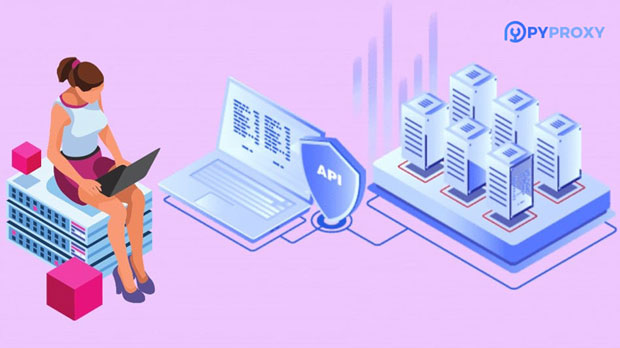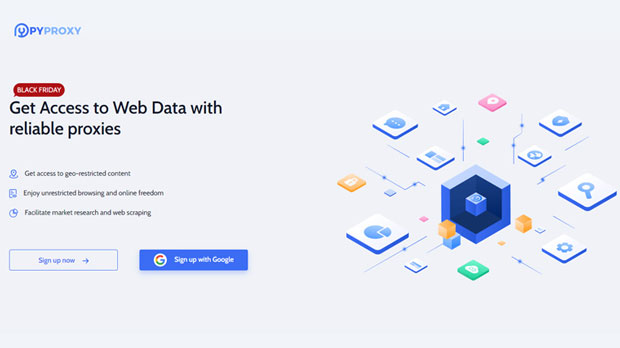Proxy server vs VPN, which is better for protecting your IP address?
In today's interconnected world, online privacy and security have become more crucial than ever before. With increasing threats from hackers, data trackers, and various other entities seeking to exploit personal information, protecting your IP address has become essential. Among the tools used to safeguard one's identity online, proxy servers and Virtual Private Networks (VPNs) are often discussed. Both provide means to mask or hide your real IP address, but they function in very different ways. In this article, we will explore the differences between proxy servers and VPNs, discussing their effectiveness in protecting your IP address, as well as their strengths and weaknesses in real-world usage. Understanding Proxy ServersA proxy server acts as an intermediary between your device and the internet. When you use a proxy, your internet traffic passes through the proxy server, which then forwards the request to the intended destination. This server hides your real IP address, replacing it with its own. There are several types of proxies, including HTTP, SOCKS, and transparent proxies, each with different levels of functionality and security features.One of the key characteristics of proxy servers is that they are generally faster than VPNs due to the minimal encryption they employ. This can be an advantage when accessing content that is restricted or when performing tasks that require a quick connection. However, the lack of encryption can also be a significant disadvantage when it comes to protecting your privacy. Without encryption, your data is vulnerable to interception by third parties, such as hackers or ISPs.VPNs: A More Secure OptionIn contrast to proxy servers, a VPN creates a secure, encrypted tunnel between your device and the VPN server. This tunnel ensures that all data sent over the internet is encrypted, making it nearly impossible for anyone to eavesdrop on your online activities. VPNs are designed to protect both your IP address and your personal data, providing a much higher level of security than proxy servers.A VPN works by routing all of your internet traffic through a remote server, which replaces your real IP address with that of the VPN server. This makes it difficult for websites or other entities to track your location or identify you based on your IP address. Additionally, the encryption used by most VPN services ensures that even if your data is intercepted, it remains unreadable.Key Differences: Proxy Servers vs VPNsWhile both proxy servers and VPNs are effective tools for masking your IP address, there are several important differences that users should consider when choosing between the two.1. Security and PrivacyThe most significant difference between a proxy server and a VPN is the level of security they provide. A proxy server generally offers no encryption, which means your data is vulnerable to potential hackers, government surveillance, or any other entity monitoring your online activity. In contrast, a VPN uses strong encryption protocols to protect your data from prying eyes. This makes VPNs a far superior option if security is your primary concern.2. Speed and PerformanceWhen it comes to speed, proxy servers generally offer better performance compared to VPNs. This is because proxy servers do not encrypt your internet traffic, allowing for faster data transmission. However, this speed comes at the cost of security. VPNs, due to the encryption process, can sometimes cause a slight reduction in connection speed, although premium VPN services have made significant strides in minimizing this impact.3. Use CasesProxy servers are often used for simple tasks such as bypassing geo-restrictions or accessing region-locked content. They are suitable for users who are primarily concerned with anonymity while browsing but do not need robust security. For instance, if you just want to access websites that are blocked in your region, a proxy can often get the job done.On the other hand, VPNs are more suitable for activities that require enhanced privacy and security. This includes online banking, secure file sharing, or protecting sensitive data while using public Wi-Fi networks. VPNs are also beneficial for users who want to ensure their data is encrypted, whether they're browsing the web or streaming content.4. Anonymity and IP MaskingBoth proxies and VPNs mask your real IP address, but they do so in different ways. Proxy servers only hide your IP address at the application level, meaning that only the traffic from specific applications (like your web browser) is routed through the proxy. This means other applications, such as messaging apps or email clients, will still use your real IP address unless configured otherwise.In contrast, a VPN protects your IP address at the system level, routing all of your internet traffic through the VPN server, regardless of the application you are using. This provides a higher level of anonymity, as all traffic is consistently masked, offering protection across the board.5. Compatibility and Ease of UseProxies are typically easier to set up and use, especially for individual applications. For example, you can configure a proxy server in your browser's settings and start using it immediately. However, this simplicity comes with limitations, as proxies are not as versatile or secure as VPNs.VPNs, on the other hand, often require the installation of dedicated software, and while the setup may seem more complicated, it offers a broader range of protections. VPNs work on the entire device level, meaning that once the VPN software is installed, all internet traffic is routed through the VPN server, providing comprehensive security.Conclusion: Which is Better for Protecting Your IP Address?When it comes to protecting your IP address, a VPN is generally the better choice due to its superior security features and ability to encrypt your internet traffic. While proxy servers may offer a quicker, more lightweight solution for bypassing geo-blocks or basic anonymity, they lack the robust encryption and protection provided by VPNs. If your primary goal is to ensure your online privacy and protect sensitive information, a VPN is the most reliable option.Ultimately, the choice between a proxy server and a VPN depends on your specific needs. If speed and ease of use are your main priorities, a proxy may suffice for basic tasks. However, if you value security and privacy, especially when handling sensitive data, a VPN offers a more comprehensive and trustworthy solution for safeguarding your IP address.
2025-01-24

























































